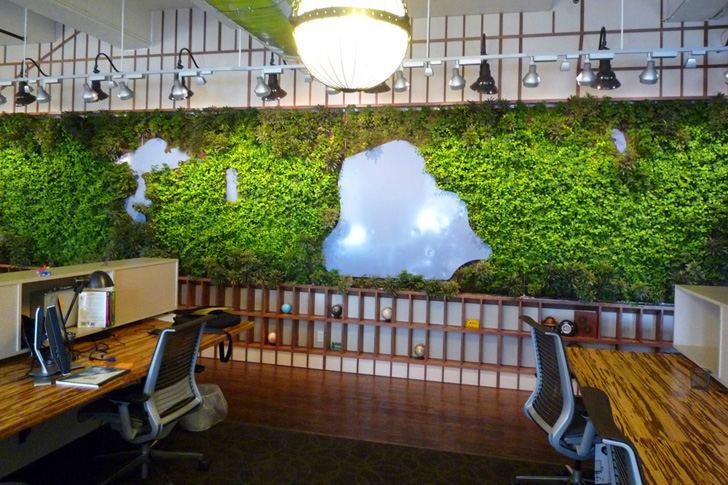In order for life itself to be sustainable in the not so distant future, all businesses must adopt green initiatives today. However, such moves do not have to be counterproductive, as is often mistakenly believed. To put more facts and logic behind those words, let’s dive into a small discussion on how any business can contribute towards saving the environment and their profits simultaneously.
Perhaps the biggest deterrent that keeps businesses away from making eco-friendly investments is the initial cost of putting in the infrastructure required. However, as we are talking about commercial ventures here and not residential or personal ones, the potential benefits of making those investments are quite significant.

To explain the concept, let’s take the example of solar roofs, which can feel like quite an investment if the total output from the photovoltaic system is good enough for powering commercial-grade energy needs.
However, considering how much business energy can cost, especially in manufacturing facilities, the initial investment might be covered in no time at all. Even if the photovoltaics are not able to generate enough electricity to support industrial manufacturing, they could be used to power lighting, heating and cooling needs of the production facility quite effectively in most cases.
Additionally, the technology behind photovoltaics has come a long way, making each solar cell more efficient, while at the same time, reducing the initial cost of commercial solar roofing to a great degree. Therefore, the bottom-line is that if a commercial establishment can look past the apprehensions, investments in independent solar energy production don’t have to be such a long-term investment after all.
Cutting Energy Bills: Adoption of Lean, Green Processes Can be Quite Productive
Commercial energy was never cheap to begin with, but in recent years, the prices have been hiked multiple times, and with increasing intensity. Cutting down on a business’s total energy needs and the price per unit without reducing the rate of production may seem impractical, but it isn’t. It is easy to compare the price of business energy on a site like Utility Bidder from multiple commercial grade suppliers, and use the competition to get a much cheaper quote.
On the other hand, lean is a time-tested and well-proven strategy for minimising costs and boosting profitability of a business process through eliminating wasteful steps. It shouldn’t be hard to imagine how such a business strategy can also help in the conservation of energy by eliminating energy wastage. Depending on which of the many existing lean management techniques the organisation decides to adopt, the steps will differ, but in the end, nearly all lean methods and their various steps contribute directly or indirectly to green initiatives.
On combining the reduced rate of commercial utilities through comparison, with lean manufacturing and management for reduced energy usage, the reduction in consumption and cost can be quite drastic. It’s a perfect example of a scenario where eco-friendly commerce can actually become synonymous to productive, profitable processes.
Nobody Said You Have to Do It All in One Step!
It may at times feel overwhelming to an SME in particular when they are faced with the many expenses of taking green initiatives, but in truth, it isn’t supposed to be a single step to begin with.
List the initiatives that make the most sense to your particular business model and segment first. Then prioritise them in accordance with their necessity, profitability and feasibility to the company.
This applies to everything from creating an infrastructure for alternative energy generation, to recycling of business waste for reusage. Once you have that list, create a sustainable plan for reaching goals and checking off the list at a pace that doesn’t interfere with the profitability of the core business.
Even if a business has the capacity to make multiple changes at once, it is necessary to take some time and consider the impact that such a big step can have on the venture’s cash flow and general operations.
By now, it should be clear that not only can profitability, productivity and green initiatives coexist, but one can also be considered crucial for the others. It is beyond doubt that as we progress further into the future, environmentally friendly ideas will evolve more with the help of technology. To make profits, help the green industrial movement, and be better prepared for the future policies, the ideas discussed here should make environmentally friendly decisions seem much more practical than before.